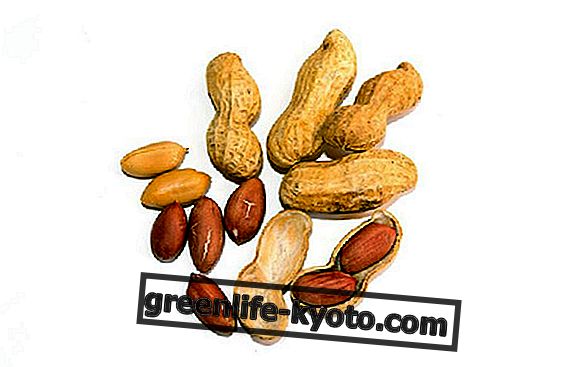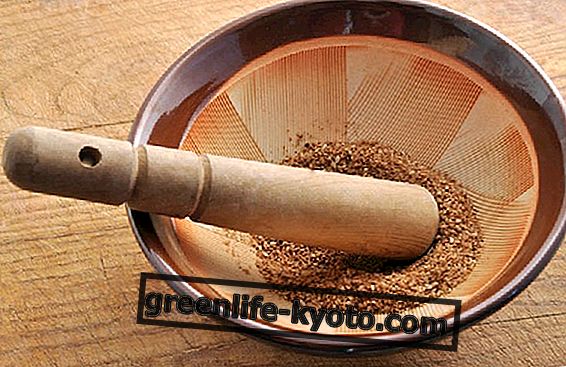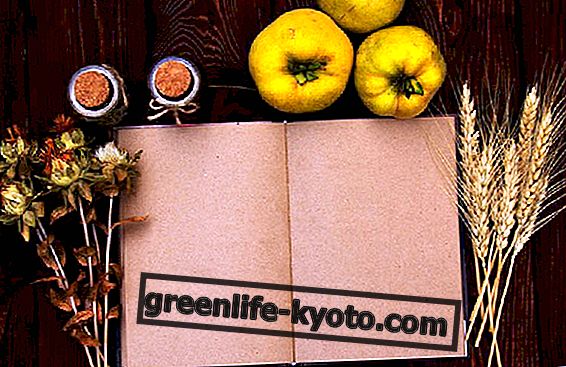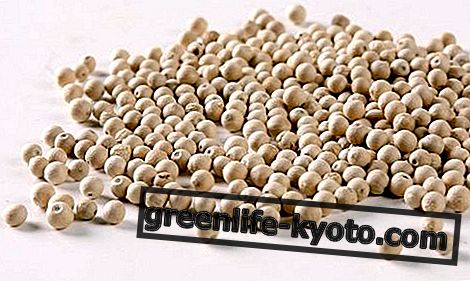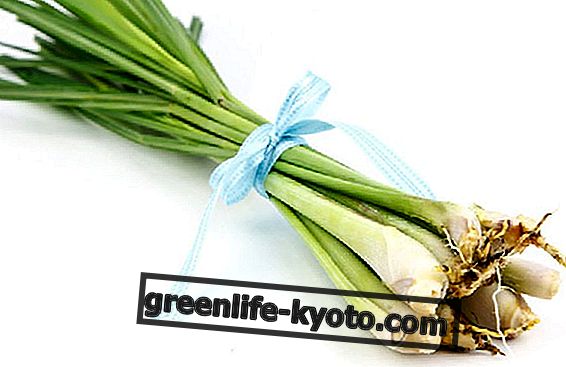
The lemongrass is a perennial plant belonging to the group of grasses, which reaches a height of about one meter, with thin leaves.
It has a bulb similar to that of leeks and lemongrass , both leaves and bulbs are used : the first can be chopped and added, even raw, to soups or fresh summer salads, while the bulbs can be used like garlic, or in addition to garlic, as a base for various recipes.
The essential oil is also extracted from the lemongrass plant, more commonly called citronella essential oil .
Properties of the lemongrass
Lemongrass is a stimulant and tonic indicated in cases of tiredness, exhaustion and apathy, both of physical and mental origin.
It is useful in case of severe meteorism and digestion, low blood pressure, fatigue, concentration problems, fatigue .
Useful against edema and swelling, and to stimulate the lymphatic system .
The taste is similar to lemon, pungent. It is often one of the ingredients of curry.
Culinary recipes with lemongrass
Lemongrass is often used in cooking, in Asian recipes, combining it with other spices typical of Indian, Thai and Vietnamese cuisine.
You can bring a pinch of flavor and above all the aroma of these dishes also on our dishes; for example, due to its pungent taste similar to lemon it is excellent to use in fish dishes, to marinate or to cook in foil . Also in soups the lemongrass gives a citrus tip without bringing out the acidity, as instead can be done orange and lemon. In sweet and sour sauces it is suitable both for spicy and less tasty dishes.
The ideal combination of lemongrass is with chilli and ginger : if you don't have much familiarity with lemongrass, try adding it in recipes that have hot pepper and ginger as their ingredient, because in small doses it enhances the flavor.
Used in cold dishes, it refreshes and lightens, especially when paired with cold cereal salads, while in hot ones it stimulates digestion.

Lemongrass tea
Due to its antibacterial and antipyretic properties the leomngrass lends itself to the preparation of tea to drink during influences . It is also a valid aid in cases of difficult digestion and colitis. The tea can then be prepared and taken even at the end of a meal, even better if with the addition of a little fresh ginger .
The preparation is similar to that of an herbal tea : if the fresh plant is available, it will be enough to cut the part closest to the bulb of about ten leaves .
Pieces of about 1 cm (the width of a finger) in half a liter of water are sufficient. The water is boiled and the fresh cut leaves are left to infuse for about 10-12 minutes. It is filtered and drunk hot.
Use of lemongrass essential oil
The essential oil derived from the lemongrass plant is more commonly known as lemongrass.
Used mainly in mixtures to be used in the burner essence in order to remove insects, especially in summer, it is ignored most of the time its use also as a stimulant of the concentration and as a component of mixtures suitable for massages .
Especially lymph-draining and cellulite treatments, compresses and massages against edema and swelling benefit from the presence of oils containing small amounts of lemongrass essential oil.


